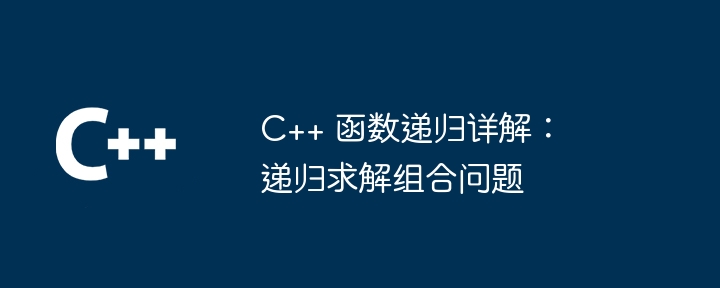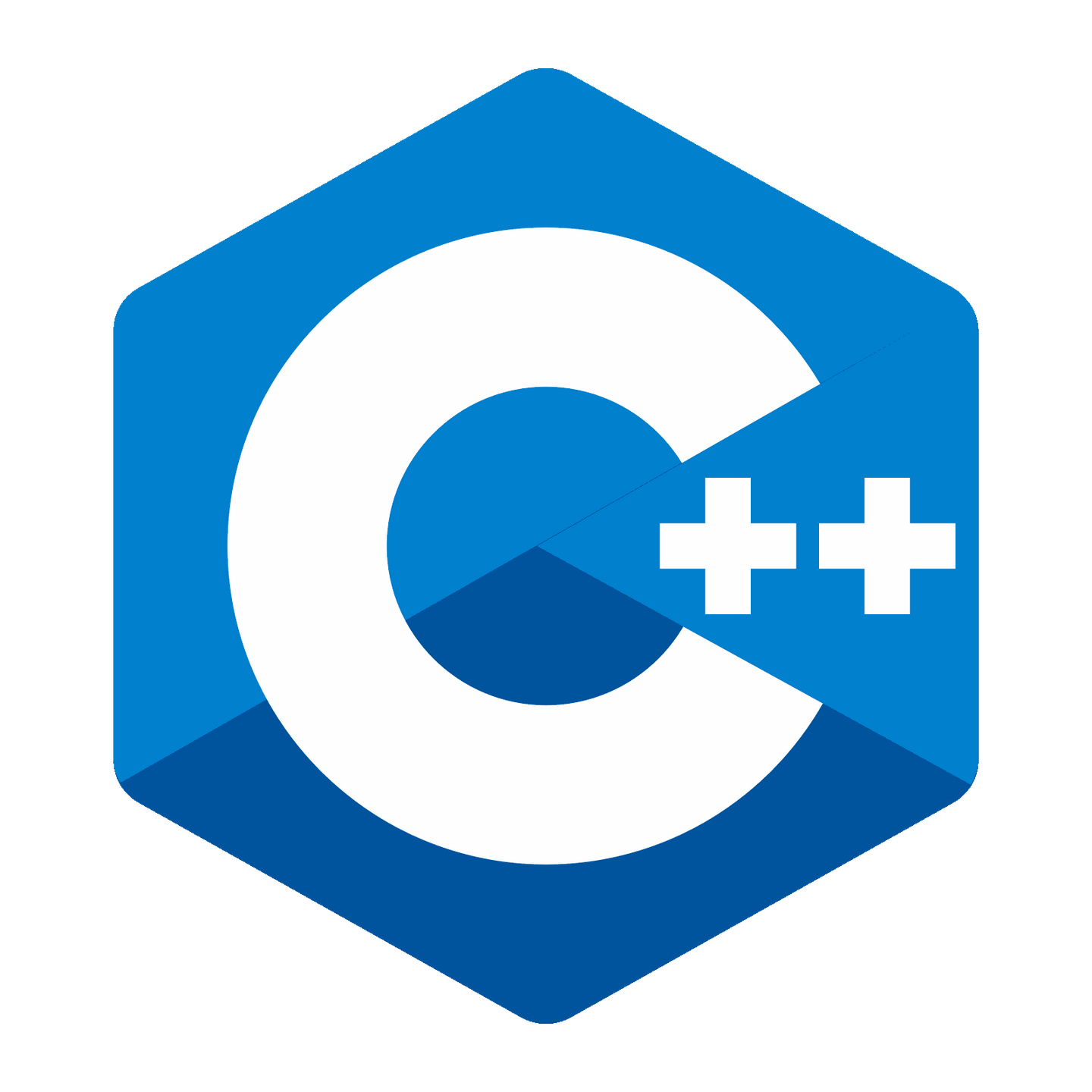递归是一种用于解决组合问题的函数调用自身的方法。算法步骤包括基线条件(当需要选择的元素数量为 0 时返回空集合)和递归步骤(枚举所有可能的组合,并附加当前元素)。实战案例中,使用递归函数求解从数字集合中选择 3 个数字组成三位数的所有可能组合。

C++ 函数递归详解:递归求解组合问题
简介
递归是一种函数调用自身的过程,它可以用于解决多种问题。在本文中,我们将探讨使用递归求解组合问题的技术。
立即学习“C++免费学习笔记(深入)”;
组合问题
组合问题是指从一组元素中选择特定数量的元素,而不考虑元素的顺序。例如,从一组字母中选择 3 个字母组成一个单词。
递归算法
我们可以使用递归函数来解决组合问题。该函数接受两个参数:
算法步骤:
递归步骤:
实战案例:
让我们使用递归函数来求解一个实战问题:
问题:从一组数字中选择 3 个数字组成一个三位数,求出所有可能的组合。
解决方案:
#include <iostream>
#include <vector>
using namespace std;
void findCombinations(vector<int> numbers, int n, int k) {
if (k == 0) {
for (int i : numbers) {
cout << i;
}
cout << endl;
} else {
for (int i = 0; i < n; i++) {
numbers.push_back(i);
findCombinations(numbers, n, k - 1);
numbers.pop_back();
}
}
}
int main() {
int n; // 元素数量
int k; // 需要选择的元素数量
cin >> n >> k;
vector<int> numbers;
findCombinations(numbers, n, k);
return 0;
}程序说明:
执行示例:
输入:
5 3
输出:
012 013 014 023 024 034 123 124 134 234
以上就是C++ 函数递归详解:递归求解组合问题的详细内容,更多请关注php中文网其它相关文章!

c++怎么学习?c++怎么入门?c++在哪学?c++怎么学才快?不用担心,这里为大家提供了c++速学教程(入门到精通),有需要的小伙伴保存下载就能学习啦!

Copyright 2014-2025 https://www.php.cn/ All Rights Reserved | php.cn | 湘ICP备2023035733号